Your search 'Patination pigments' did not match any products.
Showing results using some of your search terms 'Patination pigments'
Search results for 'pigments'
-
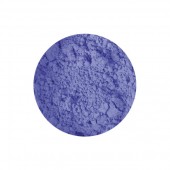
Cerulean Blue Pigment
Starting at: £14.50
-
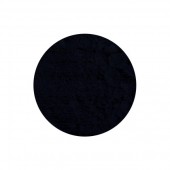
Vine Black Pigment
Starting at: £4.70
-
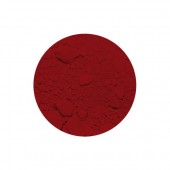
Cadmium Red Deep Pigment
Starting at: £15.00
-
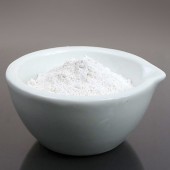
French Chalk
Starting at: £5.50
-
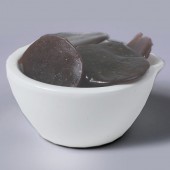
Button Shellac
Starting at: £8.40
-
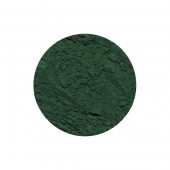
Cobalt Green Deep Pigment
Starting at: £9.20
-
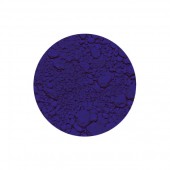
Ultramarine Blue Light Pigment
Starting at: £6.00
-
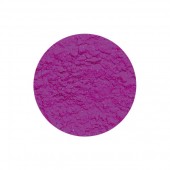
Cobalt Violet Light Pigment
Starting at: £10.00
-
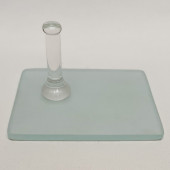
Cornelissen Mini Glass Muller and Slabs
Starting at: £24.00
-
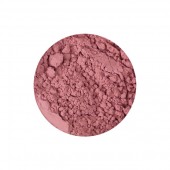
Potters Pink Pigment
Starting at: £22.00
-
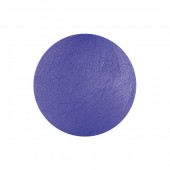
Egyptian Blue Pigment
Starting at: £5.90
-
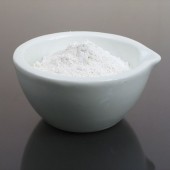
Plaster of Paris
Starting at: £5.50
-
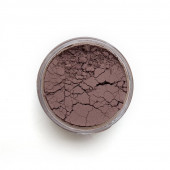
Caput Mortuum Pigment
Starting at: £4.50
-
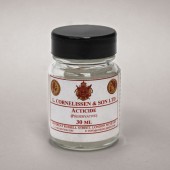
Acticide SPX
Starting at: £4.20
-
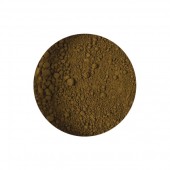
Raw Umber Pigment
Starting at: £4.00
-
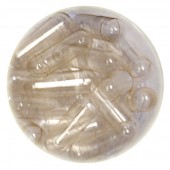
Gelatine Capsules
Starting at: £5.80
-
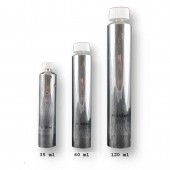
Empty Aluminium Tubes
Starting at: £1.05
-
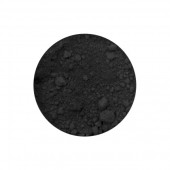
Mars Black Pigment
Starting at: £5.70
-
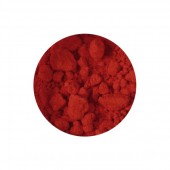
Cadmium Red Pigment
Starting at: £8.40
-
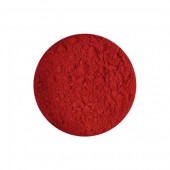
Quinacridone Scarlet Pigment
Starting at: £6.30
-
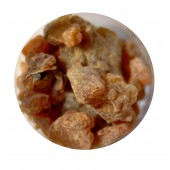
Commiphora Myrrh Resin 10 grams
£2.95 -
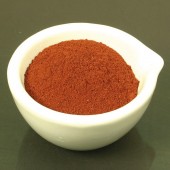
Dragon's Blood Powder
Starting at: £28.10
-
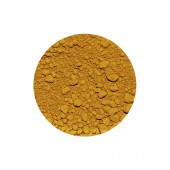
Golden Ochre Pigment
Starting at: £4.50
-
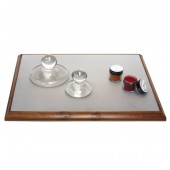
Mixing Slab
Starting at: £24.00
-
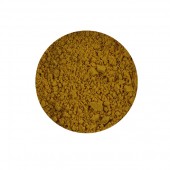
Stil de Grain
Starting at: £12.20
-
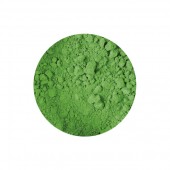
Cadmium Green Pigment
Starting at: £4.50
-
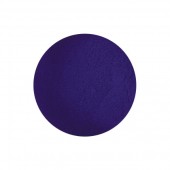
Prussian Blue Pigment
Starting at: £5.20
-
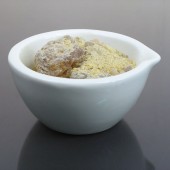
Gum Copal Manila
Starting at: £6.00
-
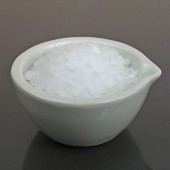
Paraffin Wax
Starting at: £6.60
-
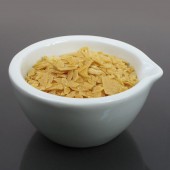
Carnauba Wax Yellow
Starting at: £6.50





